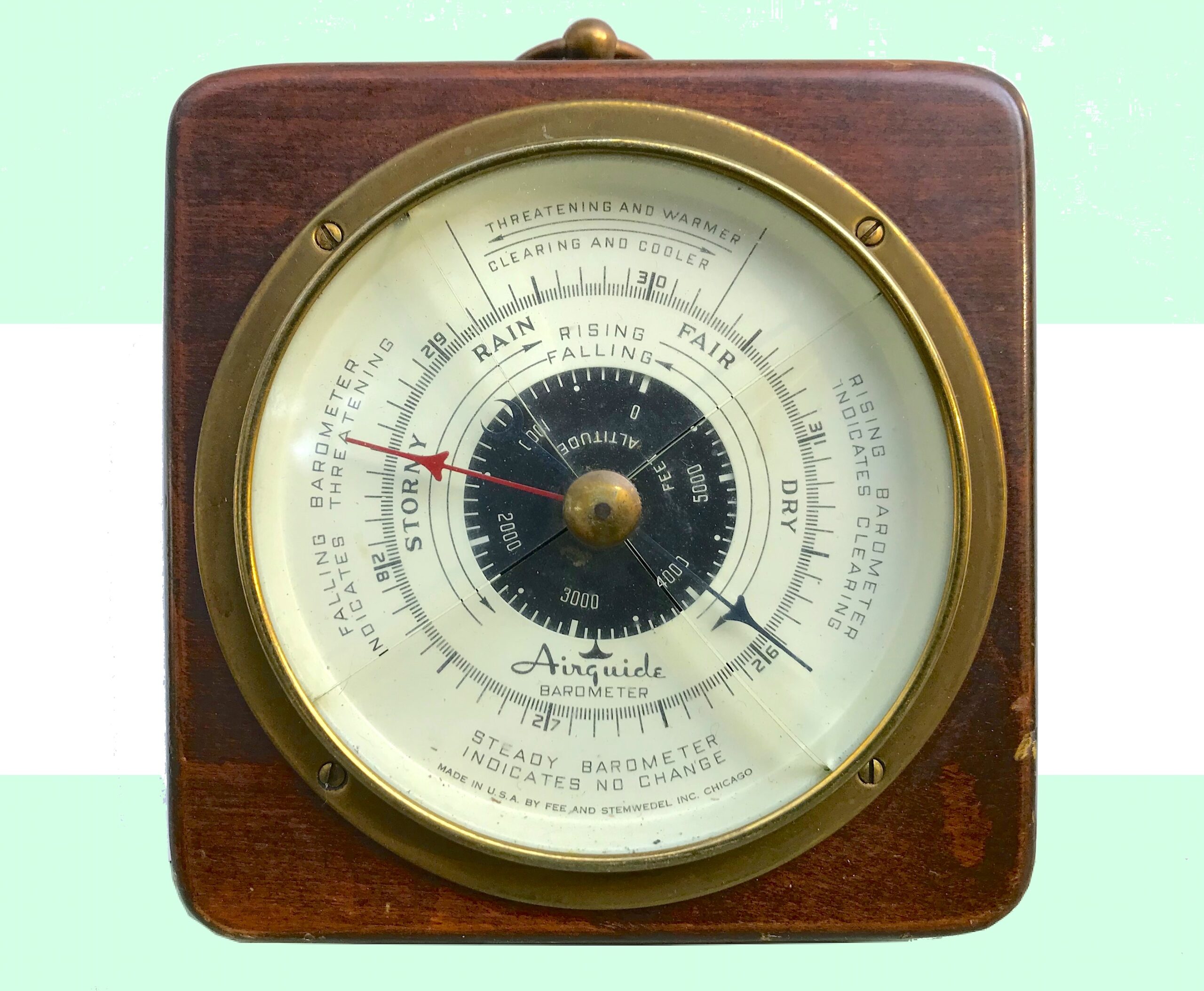
Museum Artifact: Airguide “Highlander” Wall Barometer, MK III Clinometer, and No. 36 Field Glasses – 1940s
Made by: Airguide Instrument Co. / Fee & Stemwedel, Inc, 2210 W. Wabansia Ave. [Wicker Park]
“Into every Airguide instrument go the finest of materials, the painstaking care of skillful workers, and the thorough inspection of an exacting laboratory. No instrument leaves the factory until it has proved its dependability under conditions more severe than those actually encountered throughout the year. . . . Be sure to look for the name ‘Airguide’ . . . it is your assurance of perfect satisfaction.” —Airguide ‘Weather Instruments’ flyer, circa 1938
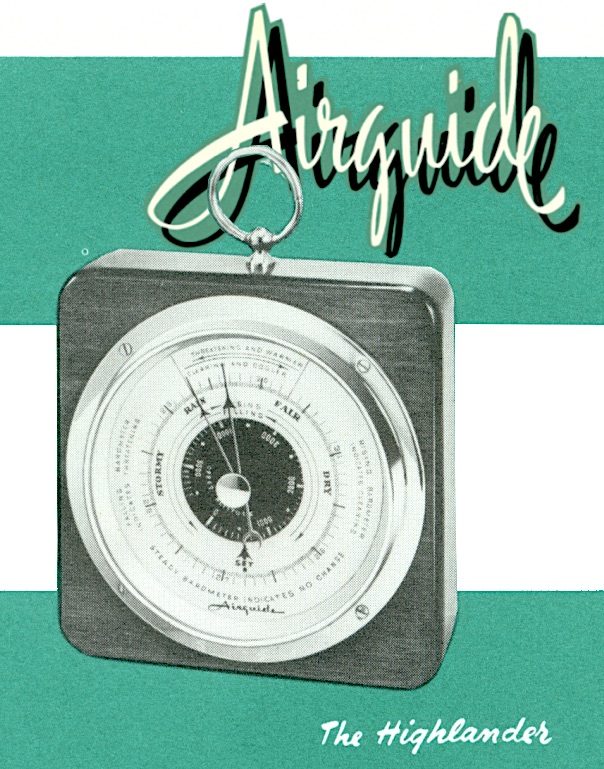 Established inauspiciously at the outset of the Great Depression, the Airguide Instrument Company—originally known as Fee & Stemwedel, Inc.—managed a 60-year run as one of the country’s leading producers of “weather instruments,” i.e. thermometers, barometers, rain gauges, hygrometers and the like.
Established inauspiciously at the outset of the Great Depression, the Airguide Instrument Company—originally known as Fee & Stemwedel, Inc.—managed a 60-year run as one of the country’s leading producers of “weather instruments,” i.e. thermometers, barometers, rain gauges, hygrometers and the like.
The lovely “Highlander” aneroid wall barometer in our museum collection is an example of one of the company’s standard post-war offerings—budget priced at $10 and sporting a 5×5” walnut casing with a (fake) brass bezel. A built-in altitude dial could be set anywhere from 0 (sea level) to 5500 feet, delivering a more accurate air pressure reading. “Because it predicts weather trends hours in advance, Highlander is most convenient,” according to one newspaper ad from 1948.
At the height of its popularity, the Airguide brand name was associated not only with weather measuring devices like this one, but a slightly broader line of products one might categorize as “scouts equipment.” Advertisements in Boy’s Life and Popular Mechanics during the ‘40s and ‘50s showcased a healthy assortment of Airguide compasses, telescopes, and binoculars—the latter of which we also have represented in the museum collection.
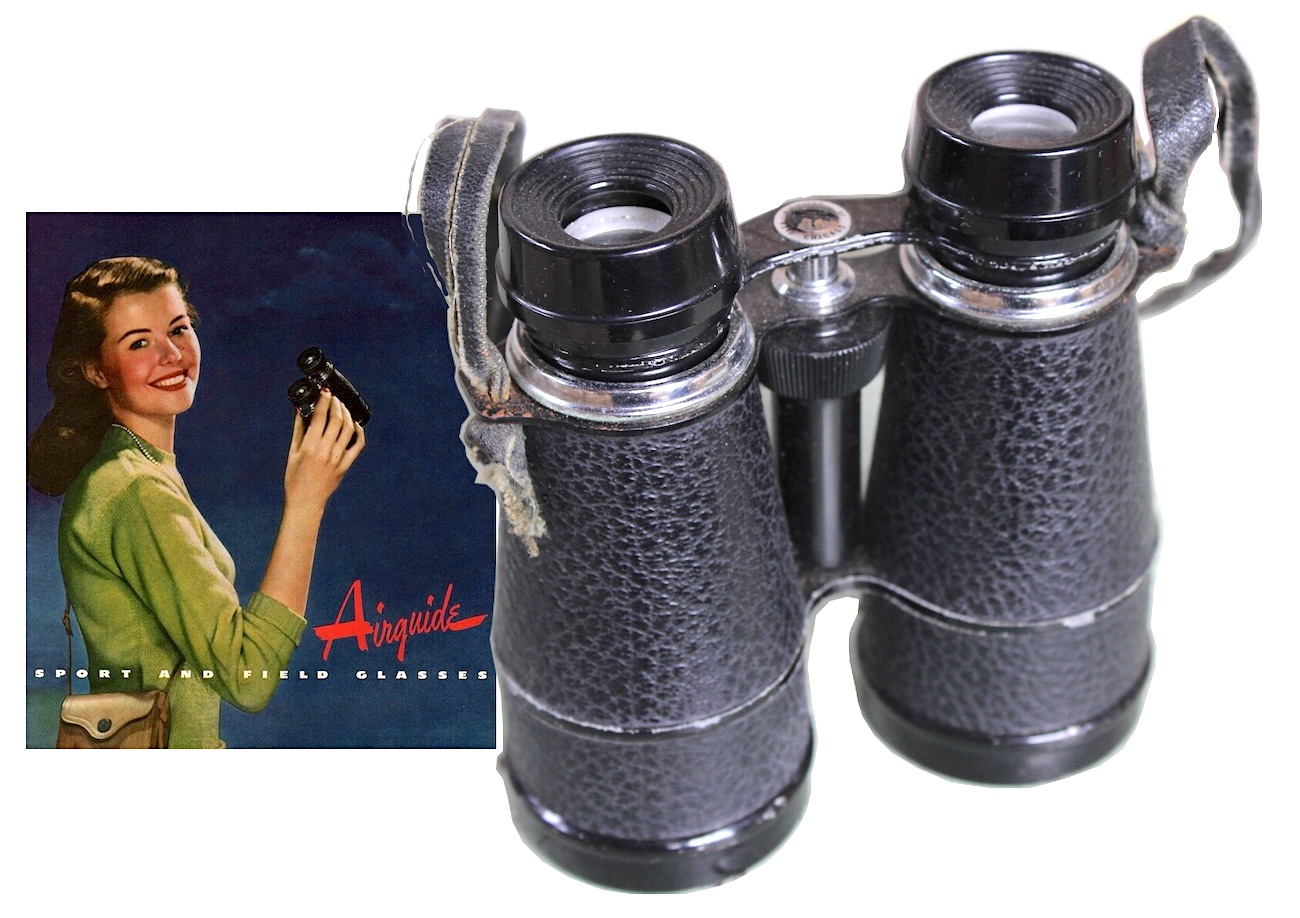
[As an avid birdwatcher and lifelong appreciator of faraway objects, in general, I can’t help but have a soft spot for these well traveled Airguide field glasses from our museum collection. This particular pair likely dates from the late 1940s, when chickadees still listened to jazz and goldfinches feared Communism.]
More artfully described in Airguide catalogs as “field glasses,” the specific model we acquired is the No. 36, which sold for the same $10 retail price as the Highlander barometer (bearing in mind, $10 in 1950 is over $100 today). They don’t necessarily look worthy of David Attenborough, but these were decent binoculars for the era, made from metal finished in chrome and black enamel, with 40mm lenses, “neat plastic eye pieces,” and “easy-to-grip” leatherette covered barrels with a handy leatherette carrying case.
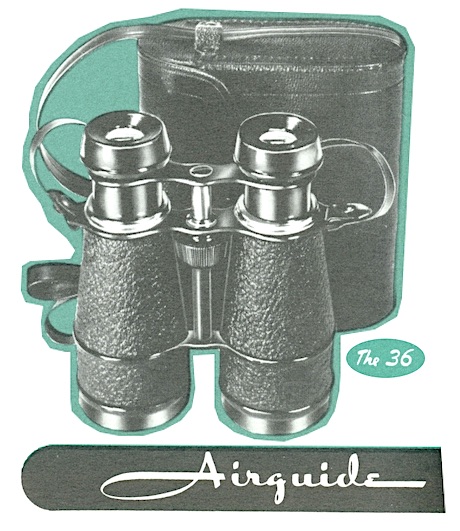
I could attempt to sing their praises a little more, but Fee & Stemwedel’s ad agency handled it much better back in 1948:
“Famed for quality workmanship, Airguide Sports and Field Glasses are prized for their smooth, quick-focusing action, optically ground lenses, and rugged but lightweight construction. . . Thrilling close-ups add to your pleasure all along your vacation route. Through the clear, precision-ground lenses of your Airguide Glasses, you’re there when scenic splendors beckon from afar. You’re there . . . when ‘they’re off’ at the racetrack, or when a merry white sail bridges the horizon.”
Now it’s time to point our Airguide field glasses in the direction of the past, for a little more clarity on the company, and the people, that made them.
History of the Airguide Instrument Co., Part I: Fee & Stemwedel
Coming of age during the wireless revolution, electrical engineers Albert L. Stemwedel (b. 1904) and Richard L. Fee (b. 1900) were part of the same generation of young Chicago entrepreneurs who’d launched radio giants like Zenith, Motorola, and Admiral. They were just slightly late to the party.
Fee spent the ‘20s (which were also his 20s) working as an electrician in Waukegan, while Stemwedel—a graduate of the Armour Institute of Technology—was an electrical contractor living in Rogers Park. We don’t know if their paths crossed in the interim, but it wasn’t until after the stock market crash of 1929 that they seem to have officially gone into business together, striking while the iron was lukewarm.
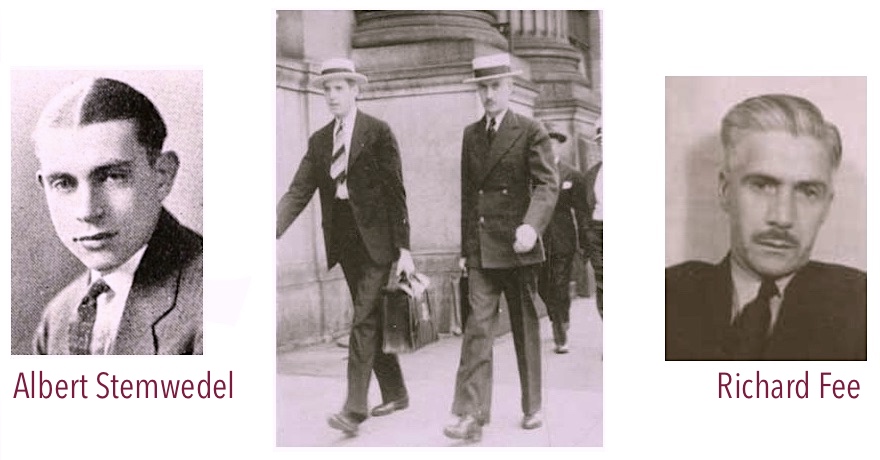
“My father and his partner got $1,000 together to buy a company that made battery eliminators for radios, or what we’d call transformers today,” Stemwedel’s son Charles G. Stemwedel later told the Tribune in a 1979 interview.
The new enterprise, briefly known as the Chicago Service Station, Inc., opened an office at 219-221 W. Chicago Avenue in either 1930 or 1931. According to the late Fred D. Eckert, who worked for the business for 35 years, the company quickly shifted from radio parts into the world of weather instruments, based on a single random observation.
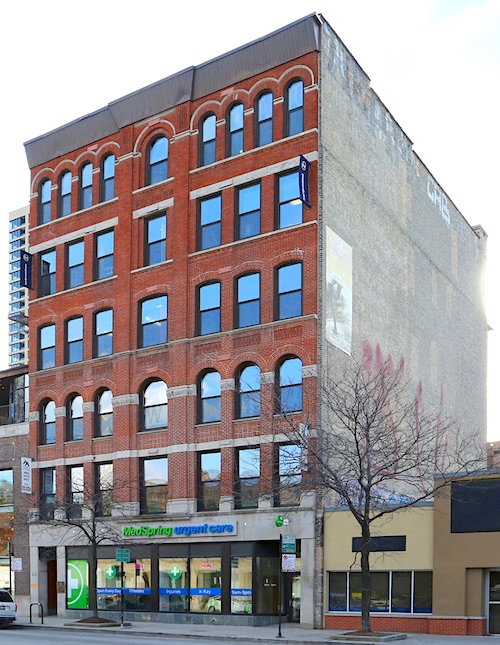
“While operating the Chicago Service Station, Dick Fee and Al Stemwedel observed that paper used in condensers curled in damp weather and was flat in dry weather,” Eckert said in 1975. “It occurred to them that this might be used to indicate relative humidity in place of the wet and dry bulb thermometers then in use. Howard Taylor, who was working as a service man for them, appeared to have an inquiring mind and a lot of practical know-how. He was given the task of using the principle to develop a direct-reading hygrometer.”
Taylor, who’d recently been laid off by Western Electric, was apparently up to the challenge. He combined a paper and brass hygrometer with a conventional thermometer inside a snazzy bakelite case. Eckert claimed this was “the first direct-reading thermometer/hygrometer of this type for home use,” though we can’t substantiate that—let alone track down a patent if there was one.
Either way, “A new company was formed to manufacture and market this device,” according to Eckert. And by 1933, Fee & Stemwedel, Inc. had an exclusive contract with the famed Chicago department store Marshall Field’s to sell its dual-purpose weather instrument in their stores. As part of the deal, the device was given a catchy brand name; one that would literally come to define the company in the decades ahead.
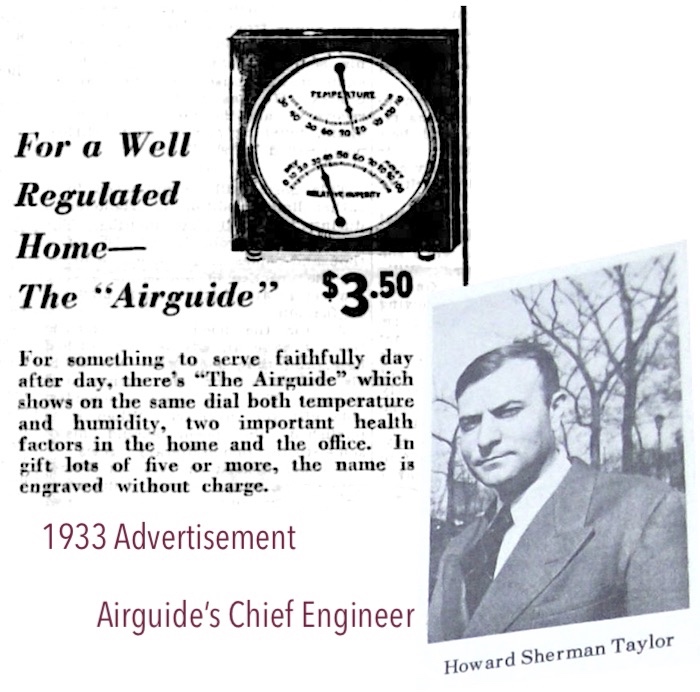 “For a well regulated home—The ‘Airguide’” read a Fields ad in a 1933 edition of the Tribune. “For something to serve faithfully day after day, there’s ‘The Airguide,’ which shows on the same dial both temperature and humidity, two important health factors in the home and the office.” The asking price for this exciting new tech was $3.50, and if you bought a gift lot of five or more, name engraving was free of charge.
“For a well regulated home—The ‘Airguide’” read a Fields ad in a 1933 edition of the Tribune. “For something to serve faithfully day after day, there’s ‘The Airguide,’ which shows on the same dial both temperature and humidity, two important health factors in the home and the office.” The asking price for this exciting new tech was $3.50, and if you bought a gift lot of five or more, name engraving was free of charge.
Despite the economic climate, Fee & Stemwedel’s Airguide was a smash success, and it quickly prompted a whole stable of related products under the same trademark, including large-scale streamlined thermometers, barometers, and “air condition indicators.” Howard Taylor, who would remain chief engineer into the mid 1960s, developed many of these designs, but there was some question at the time as to whether they were all actually being built in the Fee & Stemwedel factory.
In 1937, despite operating a sizable plant at 4949 N. Pulaski Rd., the company became the focus of an investigation by the Federal Trade Commission, which accused the firm of misleading the public about where its Airguide products were produced.
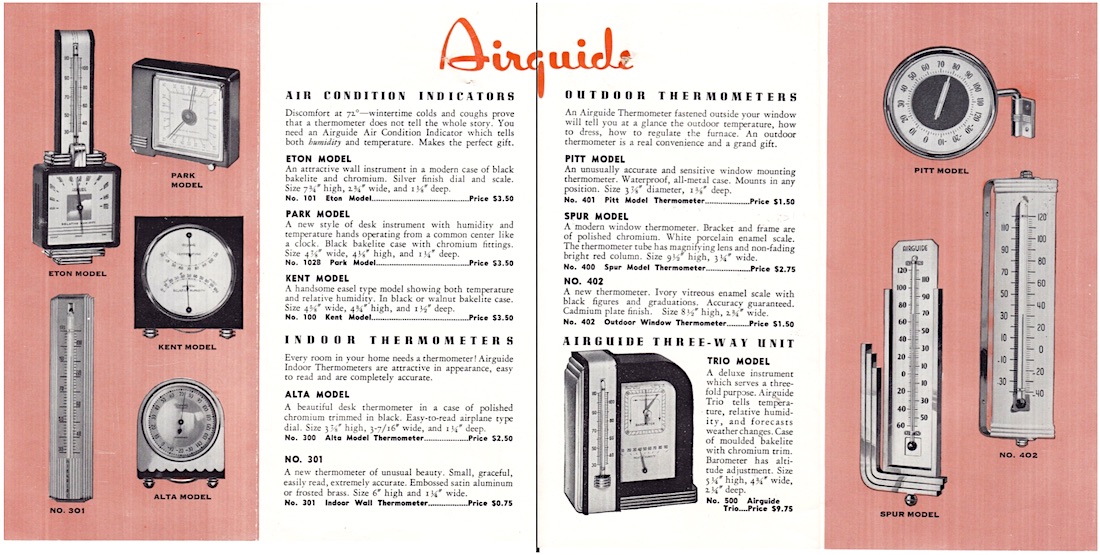
“The commission said that the company assembles various models of weather-indicating instruments,” the Tribune reported in August of that year. “. . . According to the complaint, they add a dial and indicator to the complete barometer mechanism and enclose the mechanism in a case bearing the words ‘Made in U.S.A. by Fee & Stemwedel, Inc., Chicago.’ Actually the barometers and other instruments are made abroad and imported into this country, the commission alleges.”
Fee and Stemwedel took a slap on the wrist for this, but rather than acknowledging their products were imported going forward, they seem to have rededicated themselves to doing more manufacturing in-house.
The words “Made in USA by Fee & Stemwedel, Inc., Chicago” are still there on our 1940s barometer, and during World War II, the company’s new plant at 2210 W. Wabansia Avenue became a highly active defense contracting facility, making compasses for the Army as well as barometers, telescopes, and clinometers for the Navy. . . . Never heard of a clinometer? Well, I wasn’t super familiar myself—until a pristine 1942 bakelite model was donated to our collection by Mr. Rand M. Eller in 2024. This instrument, also known as an inclinometer, was used to “measure the angles of slope or elevation of an object with respect to gravity’s direction,” and was important in how Navy ships loaded up their cargo and fuel. Mr. Eller’s WWII-era clinometer was a gift from his uncle Charles M. Holleb, Jr., “a long time Chicago resident, lawyer, and sailor.”
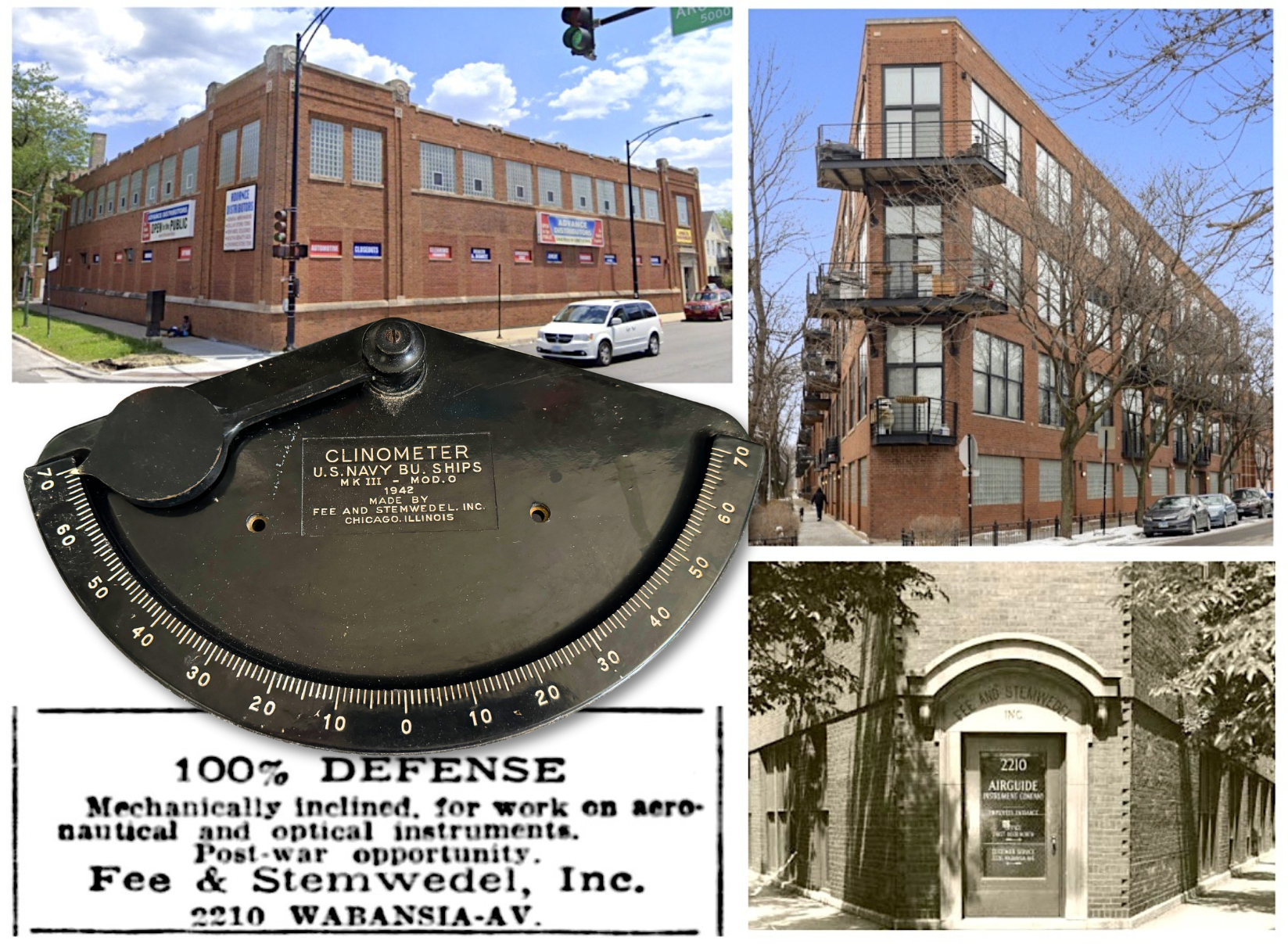
[Top Left: Former Airguide plant at 4949 N. Pulaski Rd., in use from the late ’30s to the early ’40s. Middle Left: A clinometer MKIII, model O, made for the U.S. Navy during WWII. This instrument was donated to the museum by Rand M. Eller in memory of Charles M. Holleb, Jr. Bottom Left: 1943 newspaper ad calling for men at the Fee & Stemwedel plant for “100% Defense” work. Top Right: Airguide’s longtime factory at 2210 W. Wabansia Avenue, as it looks today (converted into loft apartments). Bottom Right: The front of the same building on Wabansia as it looked in the 1940s]
Part II. The Airguide Instrument Co.
Coming out of the war, Fee and Stemwedel were better equipped to pivot back to the consumer market with a wider range of outdoor equipment, including the field glasses, telescopes, and compasses mentioned earlier. The workforce at the Wabansia Avenue plant also grew to 200 people by 1953, with Howard Taylor still serving as chief engineer and war veteran Fred Eckert on board as sales manager and ad manager.
After Dick Fee sold his shares and retired in the mid 1950s, Al Stemwedel re-branded the business as the Airguide Instrument Company, and continued to venture into new territory, making “speedometers, tachometers, and other measuring instruments,” according to the Tribune. “Most of them were for marine applications, but an aftermarket for automobiles opened up.”
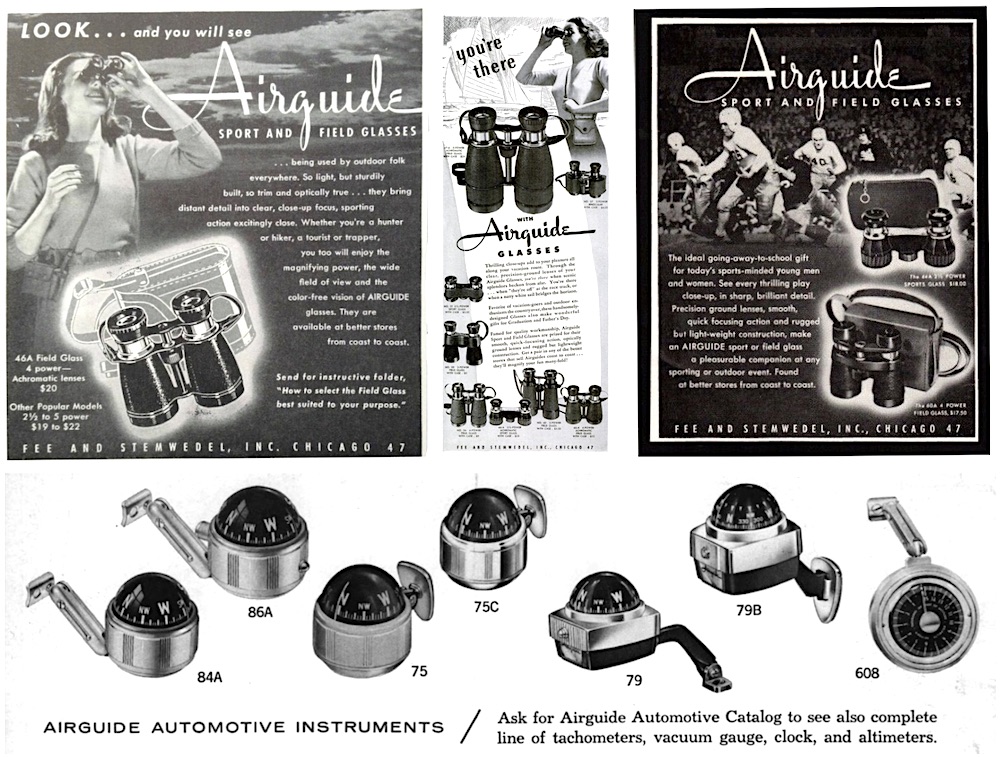
[Top: 3 ads for Airguide binoculars from the late 1940s. Below: A selection of Airguide automotive instruments from 1966]
For his part, Al Stemwedel seemed genuinely invested in his employees and the surrounding community around the Airguide plant, which sat essentially on the border of Bucktown and Wicker Park. “I worked for Mr. Stemwedel at Airguide for a short time between 1964-1967,” a museum visitor named Alan Wayne told us in 2020, “and found him to be a very kind and considerate person.”
In 1964, Stemwedel took a leadership role in a drive to establish a “cooperative community employment bureau” to encourage businesses in the region to hire locally.
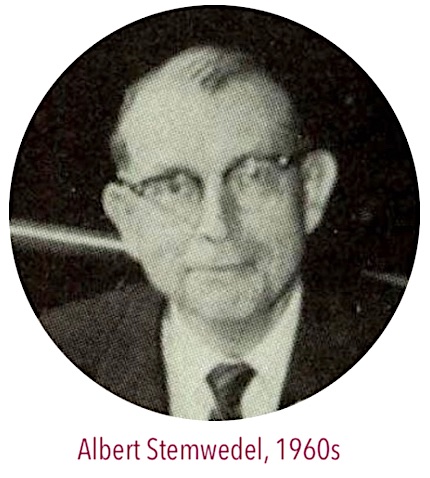 “We have tried to hire within the neighborhood, and are very happy with this policy,” Stemwedel told the Tribune. “It enables our employes to walk to work. The women we employ are close enough to home that they don’t have to worry about being far away in case there is trouble. We’re quite sold on this policy.
“We have tried to hire within the neighborhood, and are very happy with this policy,” Stemwedel told the Tribune. “It enables our employes to walk to work. The women we employ are close enough to home that they don’t have to worry about being far away in case there is trouble. We’re quite sold on this policy.
“I think that by employing persons in the community, the business tends to keep community standards up, and business value increases. If a neighborhood is bad, you can’t get good people to work there when they’re afraid to walk the streets.”
Stemwedel’s concern with neighborhood safety and finding “good people” might have been slightly influenced by a rather dark incident from Airguide’s history, which made headlines back in 1952.
In October of that year, a factory worker in Fee & Stemwedel’s thermometer department, Robert James, was arrested by Chicago police after admitting to the murder of his wife Harriet, whose body he’d buried under the porch of their apartment at 1621 N. Winchester Avenue—about a 10 minute walk from the Wabansia Avenue plant.
The story was as bizarre as it was gruesome. Robert James was apparently separated from but still legally married to two other women at the same time, and had originally hired Harriet—the victim—to be a nanny for a young child he’d fathered with one of those other women. Harriet then agreed to marry James just a few weeks later.
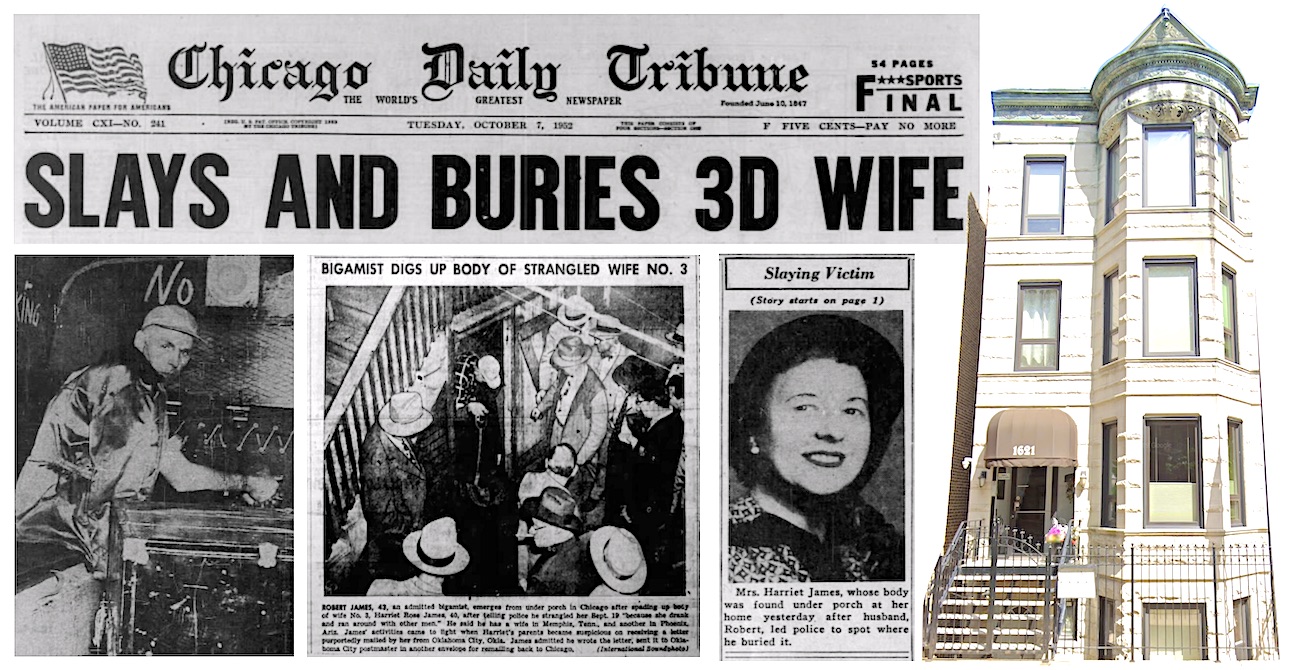
[From left: Airguide employee Robert James, arrested for murder and sitting in the back of a police wagon; James showing cops where he buried the body of his third wife; the victim, Harriet James; 1621 N. Winchester Avenue, where it happened]
Seven months into the marriage, supposedly acting out of a rage over Harriet’s drinking habits, James strangled his new bride to death, and initially kept her body stored in a trunk for several days. He also sent an incredibly twisted letter to Harriet’s parents—pretending it was from Harriet—in which he claimed “she” had met a new man and was driving out west with him through Oklahoma. “I am not coming back to Chicago any more,” it said, in part. “I will be O.K. I will have a home and someone who likes to drink and go out to taverns and have a good time. Tell Mom not to worry about me. I will be just fine.”
The weirdness of the letter, which was absurdly long considering the purposes, raised serious concerns for Harriet’s parents, and eventually led to an investigation and Robert James’s arrest. It must have been an interesting mood the next day at the Fee & Stemwedel factory, as Robert’s old thermometer assembly buddies tried to make sense of their former co-worker’s face on the front page of the newspaper—a confessed murderer.
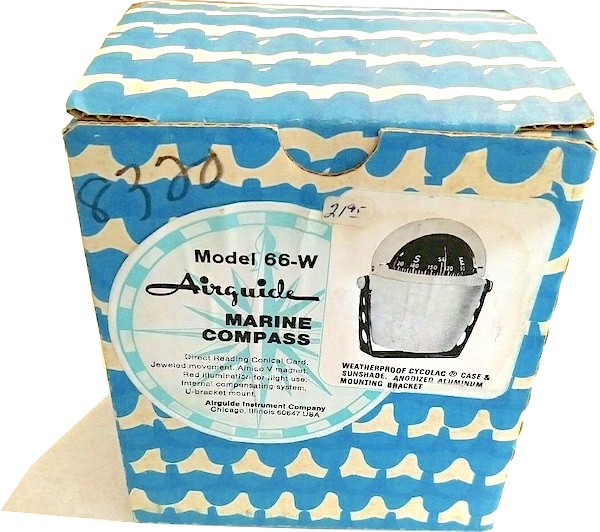 As best we can tell, Airguide stayed mercifully murder-free in the years that followed, but the company did face other threats of a less evil but more inevitable sort. Foreign competition had trampled their weather instrument sales in the ‘60s and ‘70s, and the once revered Airguide thermometers and barometers now only represented about one-third of the company’s sales, with marine and auto instruments doing more to keep the business afloat.
As best we can tell, Airguide stayed mercifully murder-free in the years that followed, but the company did face other threats of a less evil but more inevitable sort. Foreign competition had trampled their weather instrument sales in the ‘60s and ‘70s, and the once revered Airguide thermometers and barometers now only represented about one-third of the company’s sales, with marine and auto instruments doing more to keep the business afloat.
As Al Stemwedel stepped into retirement, Fred Eckert took a shot at reviving the business, but was replaced by Stemwedel’s 42 year-old son Charles Stemwedel in 1979. An attorney rather than an engineer or salesman, Charles brought in a new vision, hoping to aim the Airguide brand at a more discerning audience.
“What we’ve tried to do is to take a product that has appeal for a large segment of general users, and then to hit the top of that group,” he told the Tribune. “We want to make the best thermometer, a little fancier than the rest, and a little more expensive.”
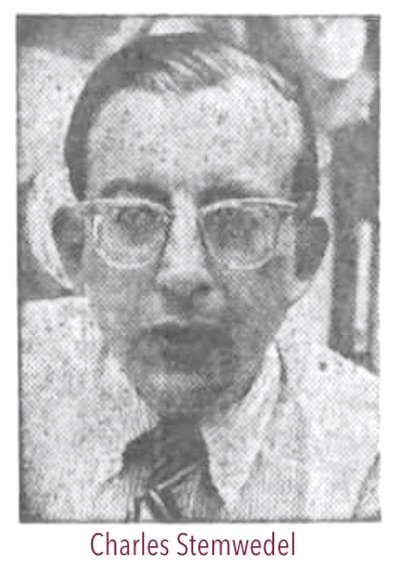 It wasn’t a horrible notion. Airguide, though a small business with $10 million in annual earnings, still had a staff of 150 and a reputation established over 50 years. Even in his optimism, though, Charles Stemwedel seemed to recognize the glaring obstacle standing in their way: “Instrumentation in all of the areas in which we deal is rapidly going electronic,” he said. “We’re moving quickly to make use of that.”
It wasn’t a horrible notion. Airguide, though a small business with $10 million in annual earnings, still had a staff of 150 and a reputation established over 50 years. Even in his optimism, though, Charles Stemwedel seemed to recognize the glaring obstacle standing in their way: “Instrumentation in all of the areas in which we deal is rapidly going electronic,” he said. “We’re moving quickly to make use of that.”
Airguide met the challenge in principle, introducing new tech and carrying on at the Wabansia plant through the 1980s, but a boom in sales was not forthcoming. The business was finally sold to Wisconsin’s Johnson Worldwide Associates in 1990, with some manufacturing relocated to the Chicago suburb of Buffalo Grove. By the year 2000, both the Airguide business and the brand appear to have faded from all use.
Albert Stemwedel, in the end, outlasted the company he founded, as he died in 2002 at the age of 97.
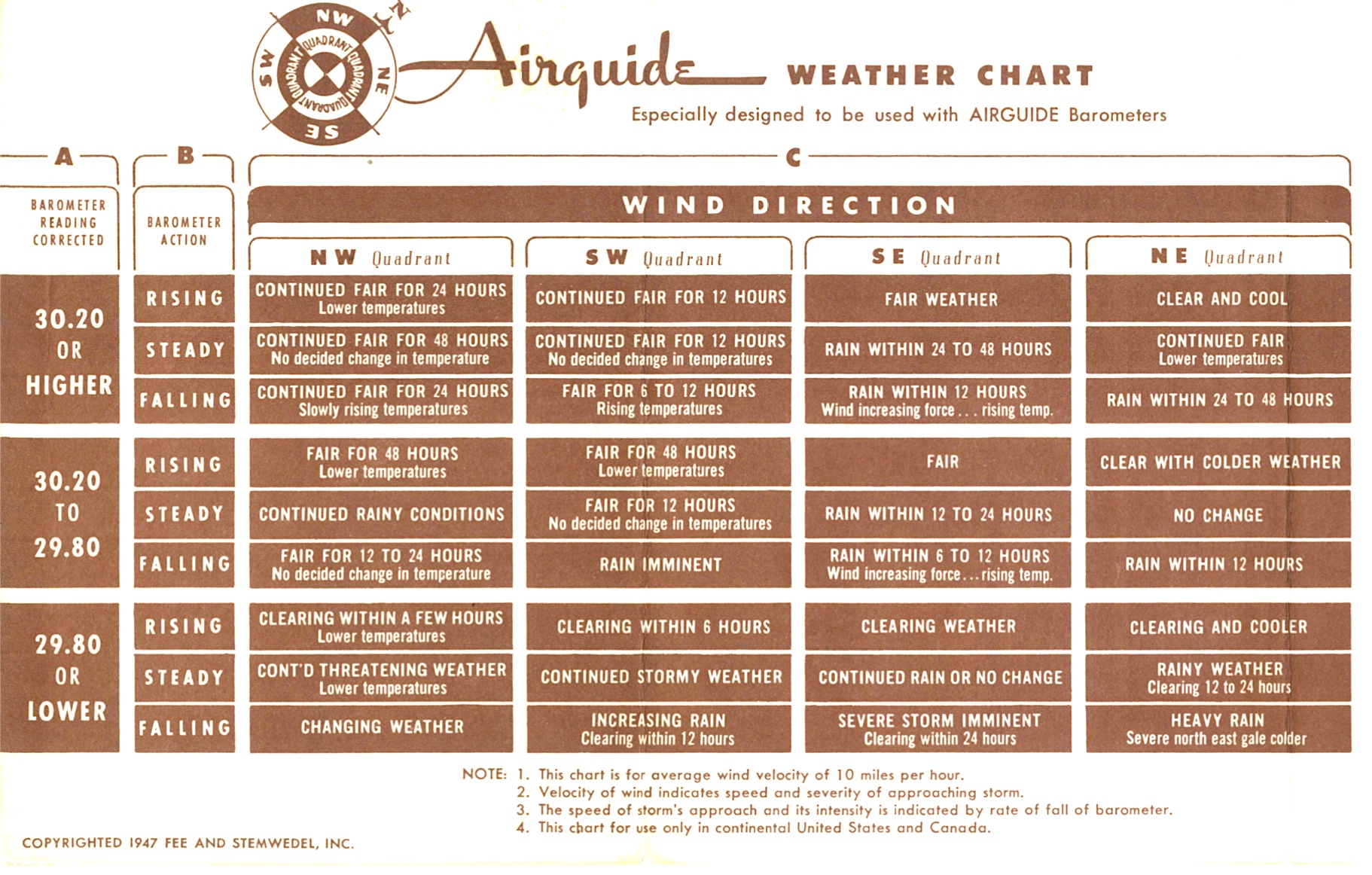
Epilogue
A recent museum guest, Thomas Clune, Jr., recently shared his memories of his father’s days at Airguide:
“My late Father, Thomas Clune Sr., was a design engineer at Airguide from ca. 1960 to 1969, with a brief interruption in 1967 while he finished his degree in Aeronautical Engineering in CA. I remember the name Stemwedel, and that Dad worked for someone named Schwinghammer. Just seeing the Airguide logo brings back strong memories. Dad used to tell me about the smoke that came in the windows from the tire dump across the street. Years later, taking the Blue Line downtown to work as an architect, I would pass the old Airguide HQ on Wabansia and Milwaukee Avenue, and there was the tire dump!
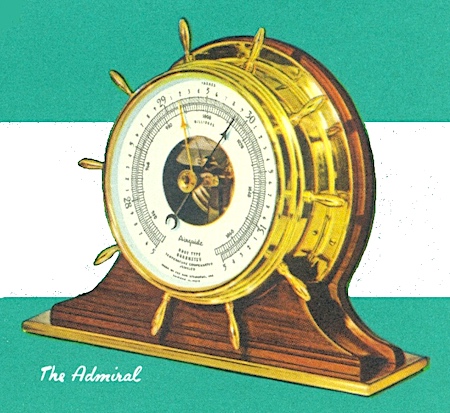 “We always had an Airguide product in our home growing up–usually a thermometer / barometer / weather / wind gauge–and a compass on the dashboard of our car. The colonial and nautical case designs on eBay are familiar. Recently I had a conversation about weather with my youngest daughter and told her about the Airguide gauges we use to have and that her grandfather designed. After visiting eBay and seeing how affordable these are, I decided I had to get one in my home. But I don’t know specifically which ones my father designed, nor did it occur to me to ask him while he was alive. What a regret! If I buy a model from the mid-’60s there’s a chance, but it would be great to know with certainty. I’d love to hear from anyone who worked with my dad, or at Airguide during that time, and who might have some knowledge about the design provenance of the products out there for sale. Many thanks.”
“We always had an Airguide product in our home growing up–usually a thermometer / barometer / weather / wind gauge–and a compass on the dashboard of our car. The colonial and nautical case designs on eBay are familiar. Recently I had a conversation about weather with my youngest daughter and told her about the Airguide gauges we use to have and that her grandfather designed. After visiting eBay and seeing how affordable these are, I decided I had to get one in my home. But I don’t know specifically which ones my father designed, nor did it occur to me to ask him while he was alive. What a regret! If I buy a model from the mid-’60s there’s a chance, but it would be great to know with certainty. I’d love to hear from anyone who worked with my dad, or at Airguide during that time, and who might have some knowledge about the design provenance of the products out there for sale. Many thanks.”
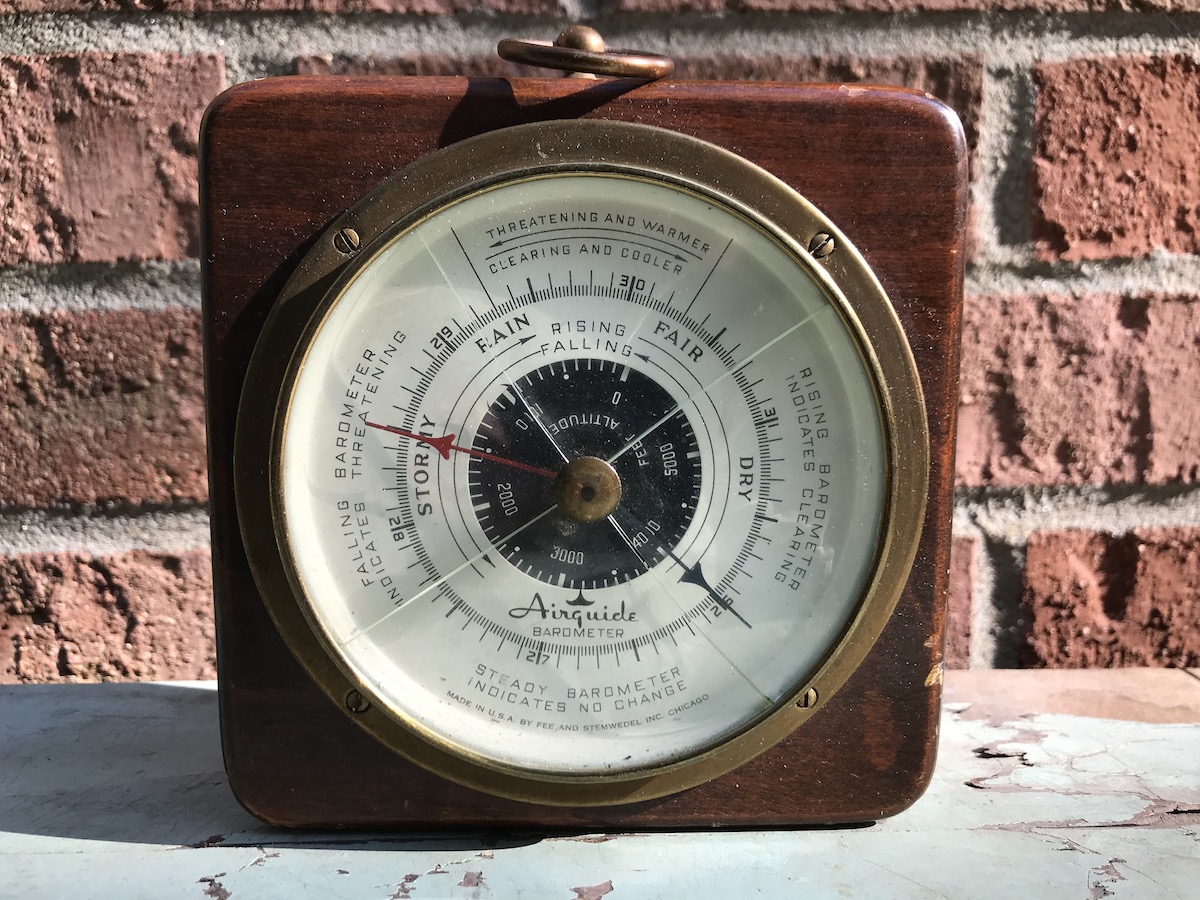
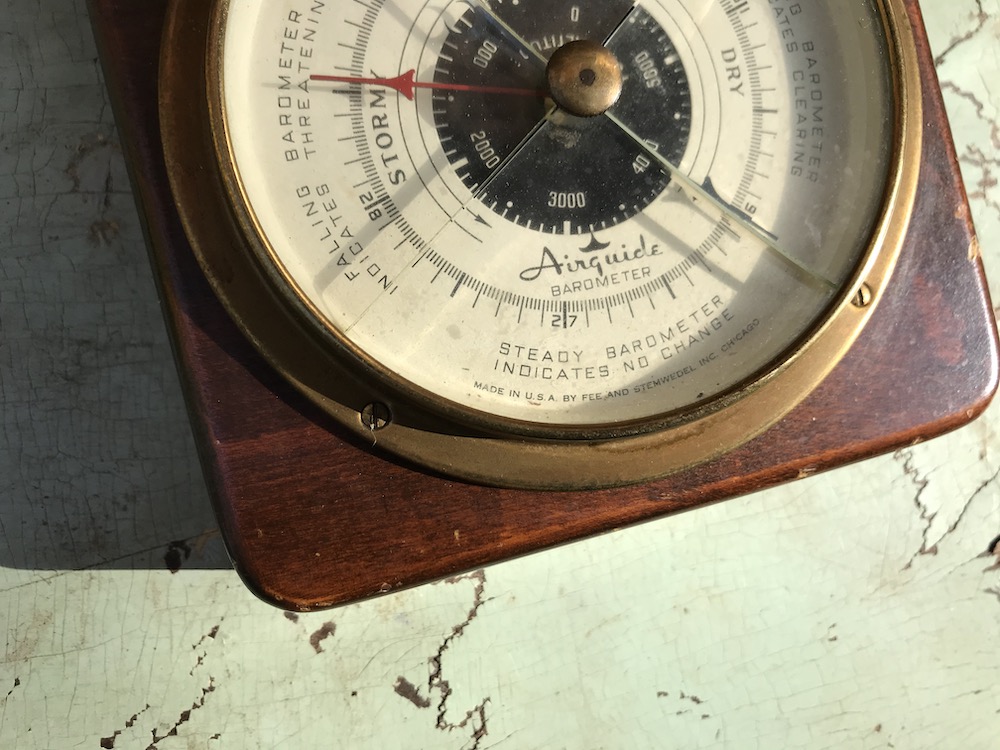
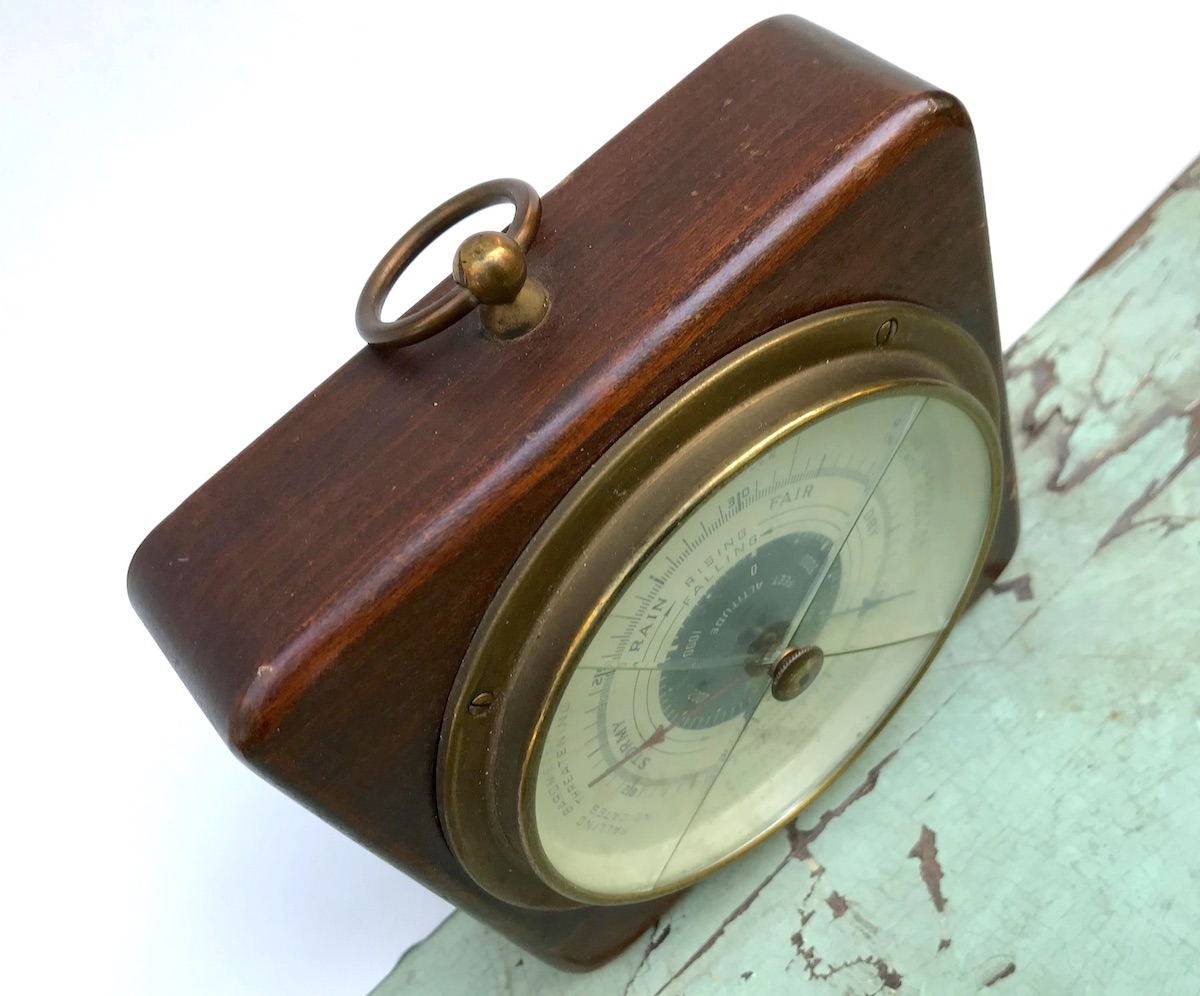
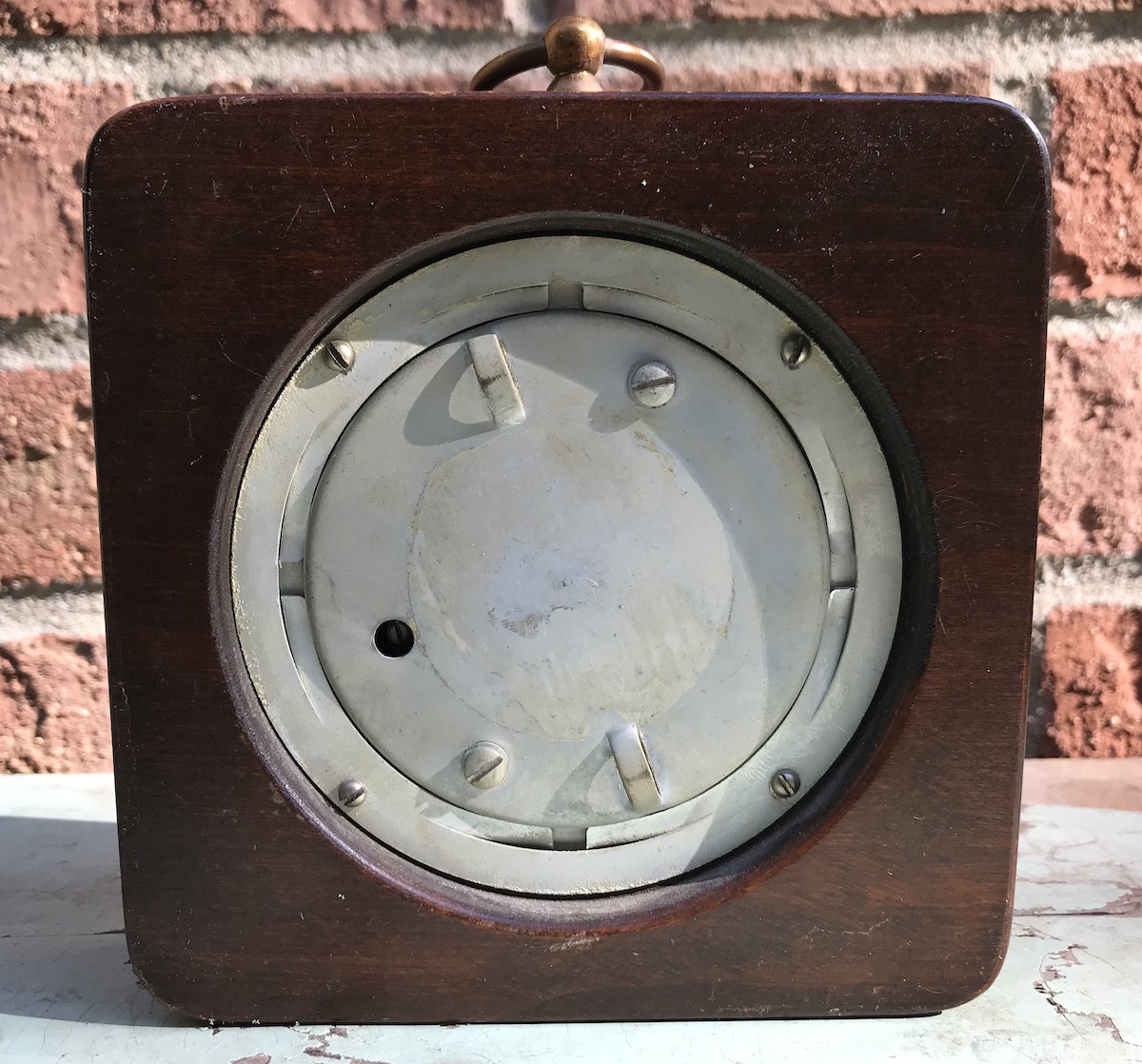
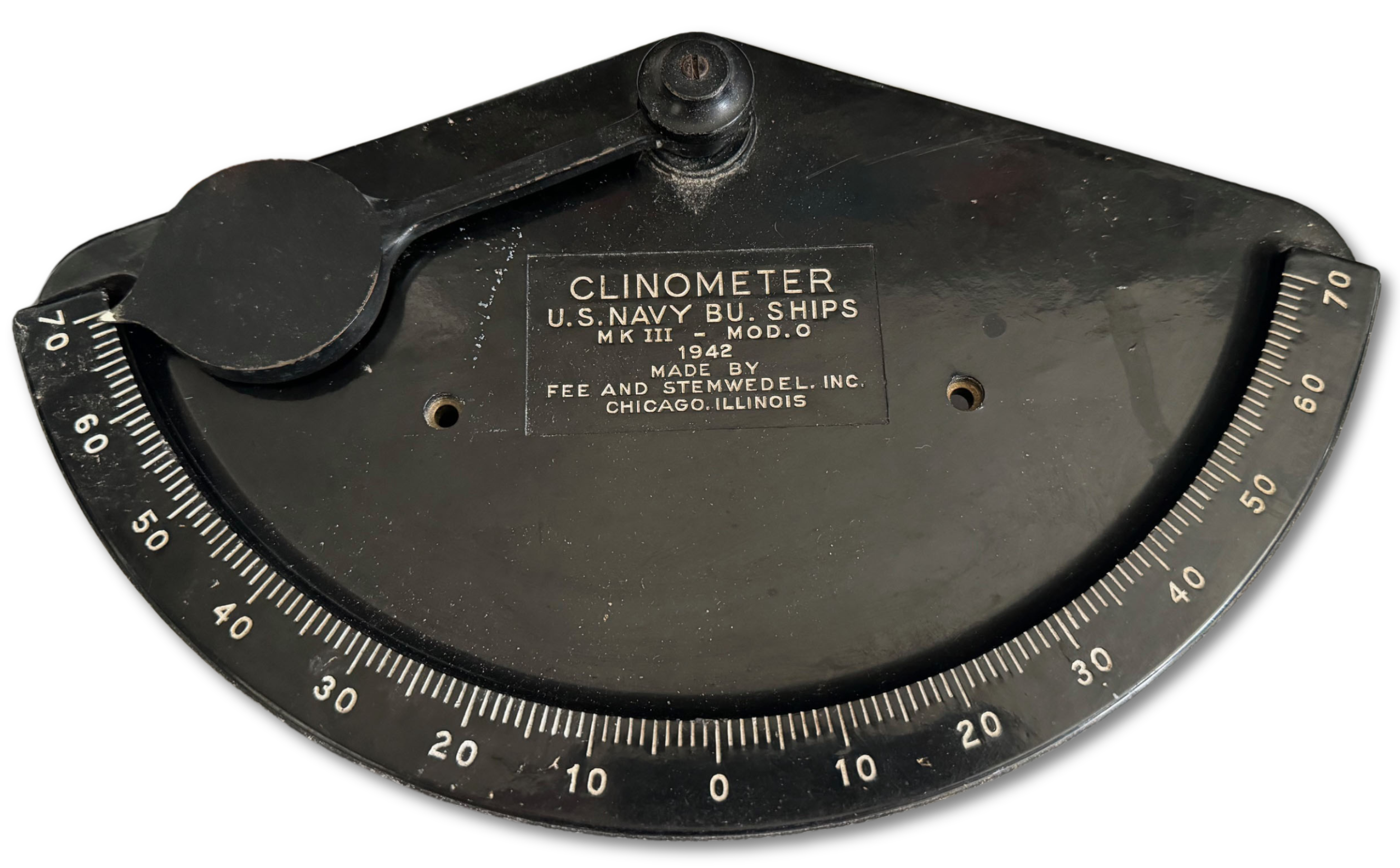
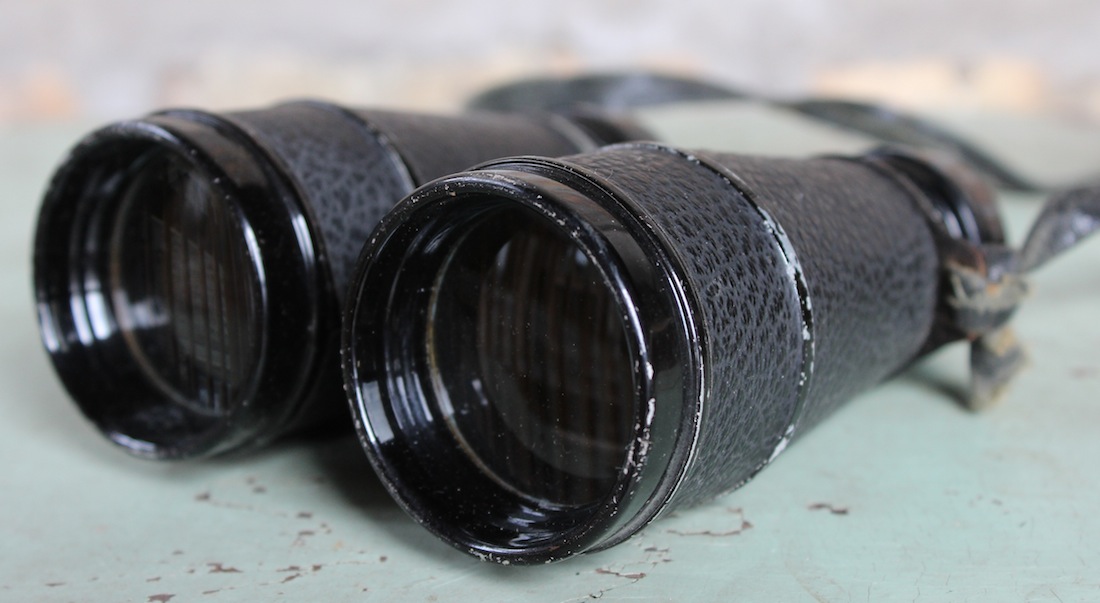
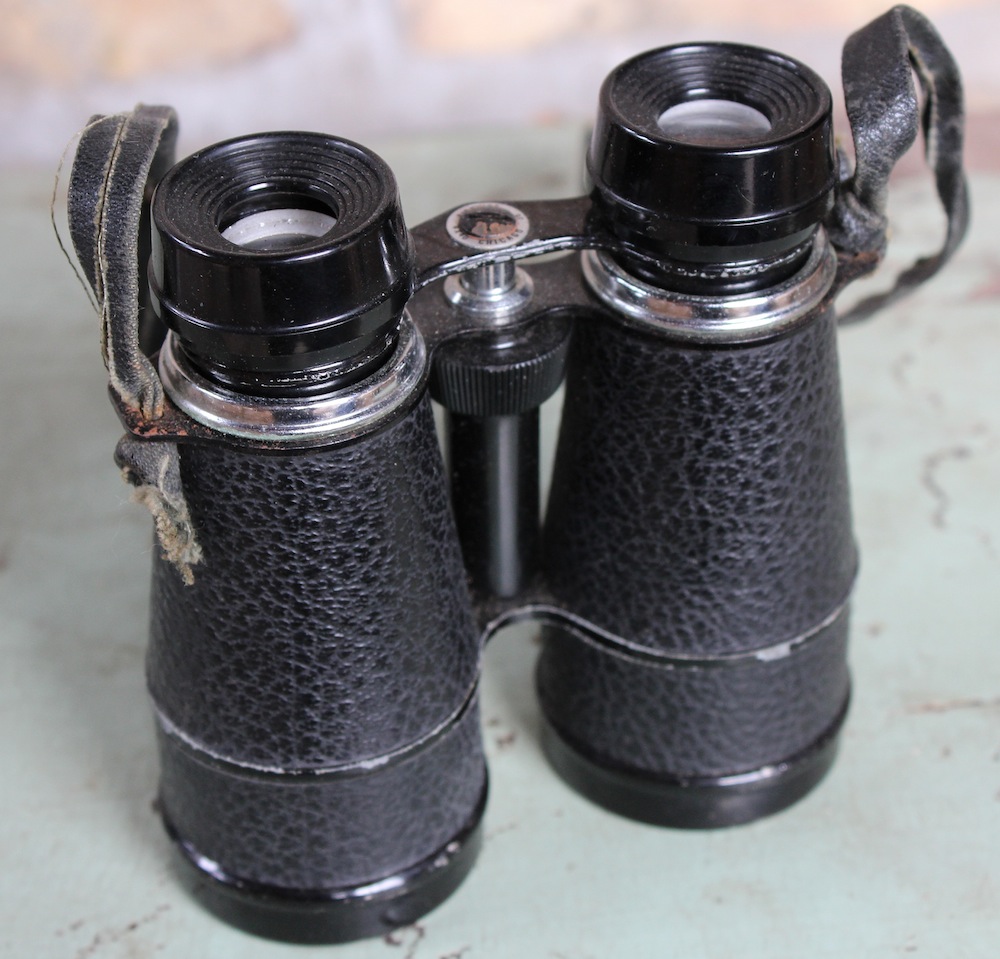
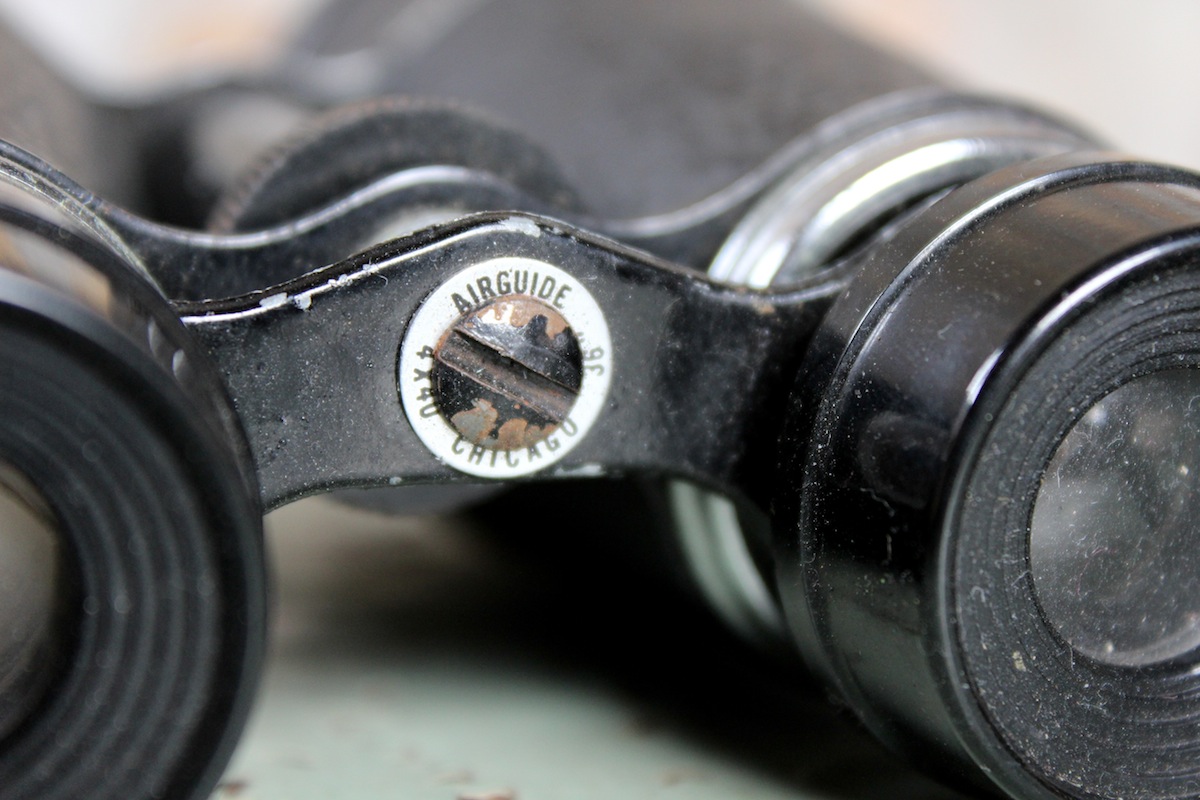
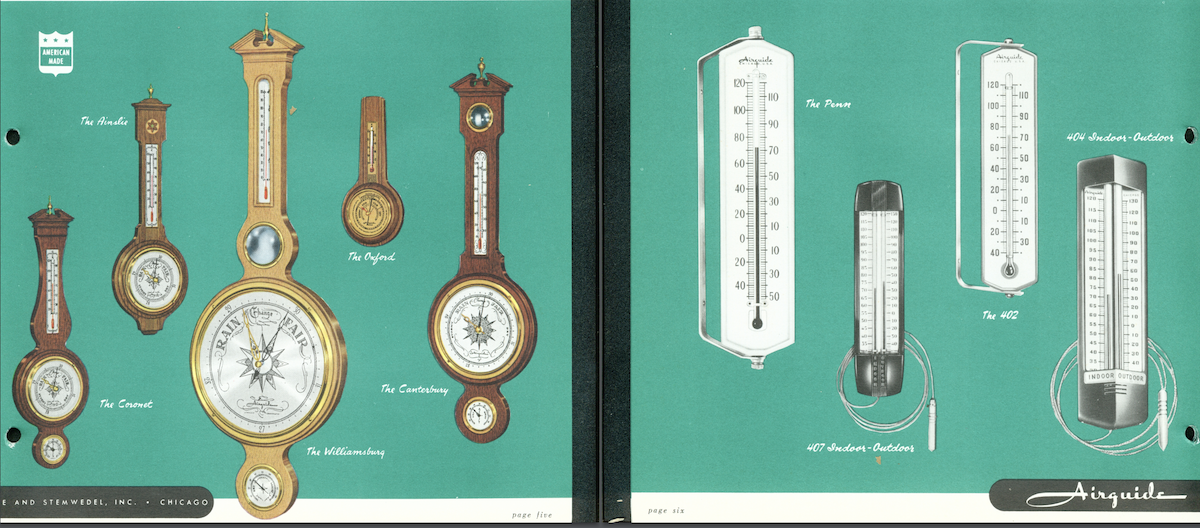
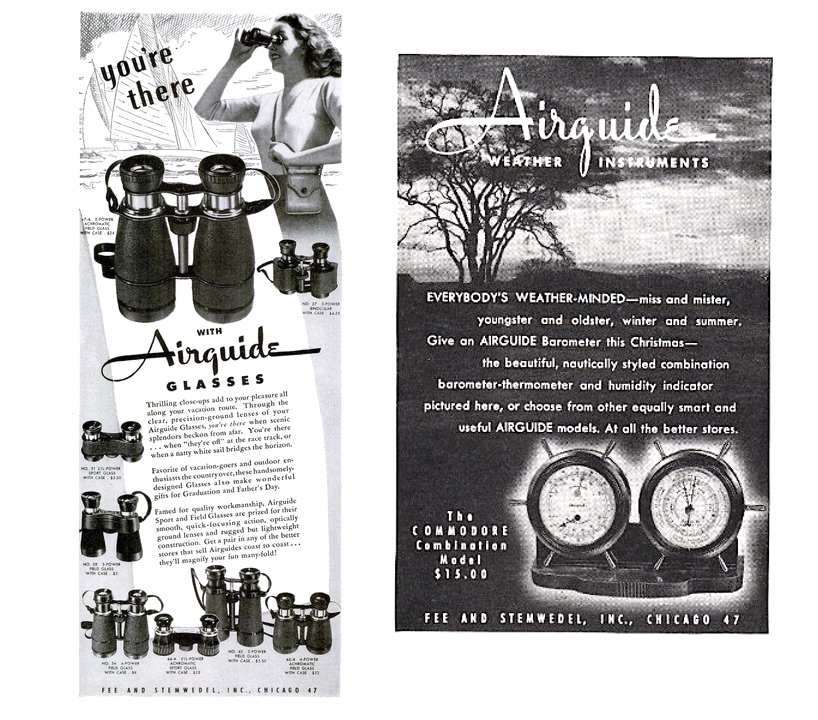
Sources:
Airguide Sales Sheets / Catalogs – 1938, 1952, 1966 – AnalogWeather.com
Taylors at the Devil’s Kitchen, by Noel M. Taylor, 1975
“Federal Trade Bureau Cites Chicago Firm” – Chicago Tribune, Aug 17, 1937
“Slays and Buries Third Wife” – Chicago Tribune, Oct 7, 1952
“Group Plan Employment Bureau” – Chicago Tribune, Aug 23, 1964
“Measure of Success” – Chicago Tribune, Nov 5, 1979
“Johnson Worldwide Buys Compass Maker” – Press & Sun-Bulletin (Binghamton, NY), June 16, 1990
Fred D. Eckert obit – Chicago Tribune, Nov 10, 2000
Albert L Stemwedel obit – Chicago Tribune, Feb 7, 2002
Archived Reader Comments:
“I worked for Mr Stemwedel at Airguide for a shot time between 1964-1967 and found him to be a very kind and considerate person. Airguide also had a line of Automobile Compass’, Marine Compass’, Marine Engine Tachometer, Marine Pitot Tube Speedometers and Marine Radio Direction Finders. My job responsibilities were primarily associated with the radio direction finders as they had just purchased that company.” —Alan Wayne, 2020
“I picked up a Fee and Stemwedel desktop barometer — the one that’s roughly 5″ by 5″ — at an antique shop 20 years ago. It worked then and still does.” —Mike B., 2020
“In the mid 60’s my babysitter’s father was a design engineer for Airguide. He gave us a combo thermometer/barometer which was quite stylish in the contemporary 60’s look which I remember well.” —Marc, 2019
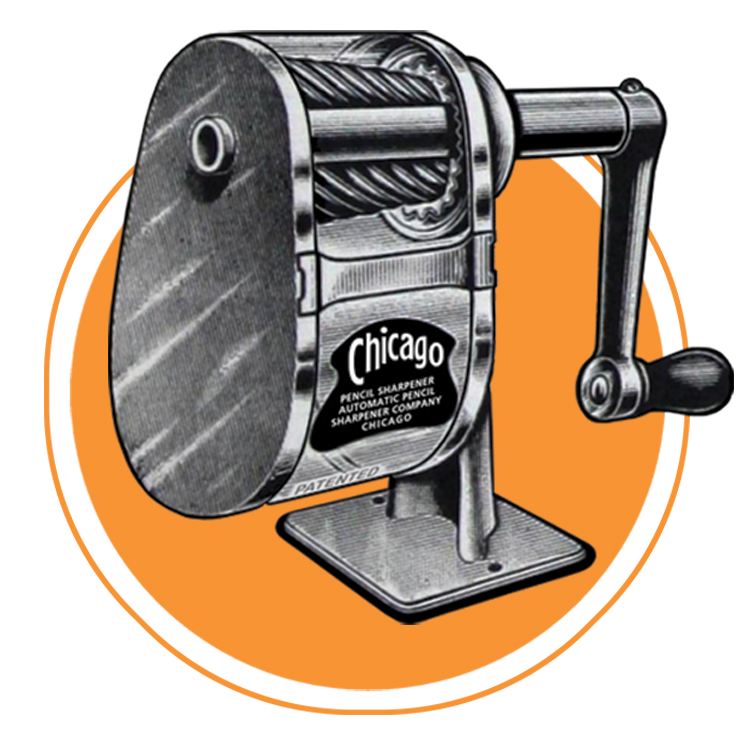
I inherited what appears to be an Airguide Accent Barometer/Thermometer/Hygrometer. I was able to set the barometer, and the thermometer appears to be pretty accurate. It’s the hygrometer that appears to be off, and I can’t find any way to access the adjuster for it. Any ideas on how to do this? Also, any ideas on how to obtain a manual for the unit?
Recently visited a local thrift store here in NJ. Came across an old Admiral, AirGuide Barometer in beautiful condition. Works perfectly fine and is still very accurate.
Was wondering if anybody knew the year(s) this model was manufactured.
Exceptionally well designed and built. A true work of mechanical marvel.
I worked at airguide from 1978 until they closed there doors and moved to Tijuana Mexico in 1996 or 97 can’t remember exact date it was a long time ago I worked in what was called the “oil room” filling capsules aka compasses with oil (not water) lol…then I became an all around setup/trouble shooter guy…airguide went through a lot of managers, bosses, struggles towards the end trying to stay afloat but eventually they moved out of state I don’t know what happened there after…
Hi. Could someone please help me identify the model number (and/or year) of the Airguide marine compass found under this link? https://www.olx.ro/d/oferta/busola-profesionala-vintage-navala-americana-airguide-1976-IDh6sO2.html
Thank you!
Hello, Looking for instructions for Airguide Model 915 Sentinel Wind Indicator, Just purchased a NOS item has everything except instructions. Instructions would be 11 pages.
I am a resident in the former AirGuide building – now named Pinnacle Lofts. The lobby is currently austere – lacks any sort of history/ heritage. I’m hopeful to properly acknowledge/ pay homage to the company – I have a few ideas –and welcome input.
I just inherited a U.S.N. Spy Glass it measures about 31 1/2″ long in the original wood case marked Fee and Stemwedel Inc. can you give me some idea if there is a collector value and how much it would be worth, thanks for any help Norm
I have an airguide barometer/thermometer combo from around the 1950’s. I would love to know how to fix it but I can’t seem to access the inside. It is all encased in plastic. Is it possible to restore it to working condition and how do I access the instrument without damaging the unit?
Repair of a Model 1284-B Ship’s Bell Clock.
Can it be serviced at your location?
Kind regards
Peter Trawinski
Happy to learn the history of this company. I found an Airguide thermometer, barometer, humidity meter from the 50’s at a thrift store for $4. I tested it in the store next to a portable heater. It works great and I am so happy after having these junky throwaway thermometers and humidity meters that break or are inaccurate. This thing works great and its so sad we no longer make quality products like this in the USA.
I just got done restoring & rebuilding an Airguide Marine Speedometer from the 1950’s. It is from a 16′ mahogany runabout built Al Benson Boats & Motors in the Seattle are in the 1950’s. The internal workings of this speedometer are really interesting to observe.
Here is the video I made disassembling and rebuilding it.
https://youtu.be/0CfObLm3kTI
Hello,
I have recently inherited in the passing of my parents, an unique barometer. I have no idea if this would be something that your company would appreciate to display. It is a LLOYD’S HYGRODEIK. I also have the original instruction booklet, by Airguide.
If you have any interest in determining the value of this instrument please contact me and I can send a photo.
My mother worked at Airguide for about 25 years starting in the 1950s. We lived on Potomac and later on Oakley and Augusta. She was able to walk to work just like what was described. She formed long-lasting friendships with the ladies she worked with. I have three Airguide instruments, including the “Commodore.” None of them are accurate anymore.
I enjoyed reading your lighthearted history of the company.
It’s worth mentioning that they also had a pension plan thru Progressive Insurance. It was a pittance, but it was better than nothing — maybe around $17 per month. I have her records and I can look it up if you want.
I am searching for an Airguide barometer like the one my father used. My sister has his barometric and I would like to find another one like it. I have an image of the barometer, but I can’t find that model. Can you help me ?
what kind of fuild is used in airguide nomad deluxe auto compass? i need the compass to be repaired, the revolving compass is dislodge from it’s pivot points, do you do this kind of work, it is a nos compass in the original box. tom walter 309-236-9915
I have just found an Airguide (Chicago) Technifrance locator compass in a brocante in france. I guess it is a handheld rdf compass. It has a Kilohertz dial on one side. It has a battery compartment in the handle and a lead with what looks like a co-axial plug on 4′ of cable.
So far I cannot find anything about it and whether this lead should go to an external ariel or a speaker/earphones.
Any ideas please.
We inherited the Airguide weather station from my mother-in-law. It seems to be in working order but I don’t know what the white dial is for. It can be rotated but where should it be rotated to? Anyone out there who can tell me more about it please?
… onward, Felicity
My wife gave me a Fee & Stemwedel Airguide Highlander barometer that she restored for Father’s Day this year. We’re both weather geeks, so it’s a great gift. She found it online, ordered it, opened it up to clean and calibrate it, then put it all back together again and polished the walnut with beeswax. I am thrilled.
I have a Airguide Nomad#79Deluxe self-illuminated auto compass in the original box—can someone tell me value? n
My cat just knocked over and cracked the glass (plastic?) face of my grandfather’s Airguide barometer. How do you replace it?
I just bought a pair of 46A Field glasses at a local Salvation Army for $3, still with the leather case. after a bit of lens cleaning, they proved to be a nice pair of binoculars, with much better lenses than one might suspect of such a basic pair of binocs.
Moin,
I´m the owner of a Airguide Compass with an Opel-Logo.
I don´t know how old it is.
Can you help me.
with greetings from North- Germany (Mölln)
your Tjerk Schaumann
Odd that there’s no mention of the Ship’s Bell Clock [Model 1284-B]. I inherited the clock and matching barometer [Model 284-B]. Unfortunately, the clock stopped working and I fear it’s the mainspring and un-repairable.
I have an Airguide compass, in a Fiberglass body Toyota Land Cruiser,
I have misplaced adjustment instructions.
My memory it it came with an aluminum adjusting flat drive, is this correct.
I have a practical instrument company recording thermometer in the original box with chart papers and ink vile from the 1930s.. PATS. APL. FOR Model P ” BI05 ” are hand engraved serial number 947 also hand engraved.. I think it is the only one left in existing came out of a old corner store being dismantled in north Minneapolis..
Is there anyone that repairs the barometers?
I have a 38” mahogany Airguide barometer.
Model no: 431.
It has been in my family since it was made in the late 50’s or early 60’s.
It has stopped working. Can anyone refer me to someone who can repair it.
Thanks
431 is Airguide’s membership number for the Mahogany Association. You most likely have a Williamsburg 38″ model 229 or Jamestown 37.5″ model 250.
If the hygrometer has louvres on the back, it’s the Williamsburg.
Try to locate your nearest airport at https://w1.weather.gov/ where they update the barometric pressure every hour and set the barometer during a period of very consistent pressure over several hours.
There are repair shops in Maine and Manor, Texas. There are probably a few others. I’m not entirely sure about this, but better safe than sorry, ship by ground, the barometers are calibrated for up to 10,000 ft. Might not be designed for higher altitudes. Carefully protect or remove the finial, which can be easily bent, prior to shipping.
SkyPirate Thankyou.
Do you have names for either of the repair shops?
Going through my Dad’s stuff after he passed we found an unused Airguide indoor/outdoor thermometer still in its box, and all the paperwork! Why he never used it, we don’t know, but it’s paperwork is dated 1955. And…. guess what…. we use it! Works perfectly and definitely a high quality made product that is sure to last another 70 years. Airguide must’ve been a great company, and sad they are long gone.
I have an antique marine compass that I need to refill with compass fluid. I can not find a hole to load the compass fluid. There is no model # or serial #. The body is grey. The only markings are: “AirGuide Chicago USA. I think it was made in the mid to late 50’s.
Do you have any suggestions for who I can go to repair it? It belonged to my father and he used it to navigate the Atlantic for many years. I would like to see it repaired and functional even if it is never used again.
Thank you!
Hello All!
I just “inherited” the exact model of binoculars described in this superbly written homage to both the product and the company. There is no case and there is some cosmetic damage to the outside shell on the left side but the lenses are still “crystal clear”. I do not collect binoculars but have a few antique and vintage pair from my grandfather and his father and now my younger brother (there is no telling where he got them as he was only 27 when he passed 2 months ago). I digress but is there any value to these or is there a place to look for items like this. I love antiques but after losing my jobs due to COVID and now trying to take care of his estate etc I’m starting to look at any options. If not selling them, is there another museum or something type of youth learning center (?) that would benefit from having them to use or display?
Any information is appreciated and thanks for reading my rambling note here.
Cheers!
Becky Elizabeth/ Wilmington, NC
I am a resident in the former AirGuide building – now named Pinnacle Lofts. The lobby is currently austere – lacks any sort of history/ heritage. I’m hopeful to properly acknowledge/ pay homage to the company – I have a few ideas –and welcome input.
Just purchased a binocular with leather bag, but it has a broken piece, where can I get parts for it? Thanks
I have collected 8 assorted Airguide Barometer/Temperature/Humidity devices over the past few years. My oldest was made in 1938 and my newest in 1961. After cleaning them internally, They all work perfectly. Since I reside 6 blocks from the Pacific Ocean, I set all of the Barometers at sea level and they all show the same reading! They are just great!
Thank you for this information. I love old, well-constructed things, and one of my favorites that I have had for years are my grandfather’s pair of Airguide 5×40 “47A” binoculars. He bought them sometime in the ’50s, at a guess, and used them when quail and pheasant hunting.
The clarity of the lenses is very high; the only thing comparable I have found currently are some very expensive pairs of Zeiss. I have maintained the leather of the grips, strap, and case, and although they show some inevitable wear, neatsfoot oil has kept the leather supple and prevented cracking. One of my chief interests is geology, and I still take the Airguides into the field with me when I hike for pleasure in the Coastal Range here in California.
Thomas Clune Jr. ….I worked at Airguide on Wabansia 1964-1967 I remember your father Thomas Clune. He was a great man. Mr. Stemwedel was President. All Airguide products were made at the Wabansia site. Pride of workmanship was instilled into every product.
I have an Airguide Windspeed Indicator & Compass Model 919 including the instructions and box. Can anyone share any history of this item and dates of manufacture?
I still have my Digiguide liquid crystal desk thermometer from 1975. I wonder if the liquid crystal temperature strip display is being remanufactured as it no longer glows as bright as it once did.
I have a banjo style mohonay but the large glass is cracked wear can I find a replacement
I have an Airguide instrument ….opera glasses…… model “44A”.
Could someone please point me in the right direction for information?
Thank you
I have a Airguide instrument. Made in Chicago banjo shape. I guess. Has 3 gems in middle. Diamond, Ruby, Diamond. Below. C insignia. Any help on what its worth. When made etc.
When we’re 46a 4×40 models made?
I have a acromatic 5×40 “47A” binoculars i got for 5 bucks at a flea market. Even were these produced and what was the leather pouches they came in? I have a nice leather pouch with strap that is strangely short.
I purchased a Airguide barometer compensated at a garage sale.. can you tell me how it works?
This message is to Alan Wayne (Archived Reader Comments, 2020, above) or anyone who worked, or knows someone who worked, at Airguide in the 1960s. My late Father, Thomas Clune Sr., was a design engineer at Airguide from ca. 1960 to 1969, with a brief interruption in 1967 while he finished his degree in Aeronautical Engineering in CA. I remember the name Stemwedel, and that Dad worked for someone named Schwinghammer. Just seeing the Airguide logo brings back strong memories. Dad used to tell me about the smoke that came in the windows from the tire dump across the street. Years later, taking the Blue Line downtown to work as an architect, I would pass the old Airguide HQ on Wabansia and Milwaukee Avenue, and there was the tire dump!
We always had an Airguide product in our home growing up–usually a thermometer/barometer/weather/wind gauge–and a compass on the dashboard of our car. The colonial and nautical case designs on eBay are familiar. Recently I had a conversation about weather with my youngest daughter and told her about the Airguide gauges we use to have and that her grandfather designed. After visiting eBay and seeing how affordable these are, I decided I had to get on in my home. But I don’t know specifically which ones my father designed, nor did it occur to me to ask him while he was alive. What a regret! If I buy a model from the mid-’60s there’s a chance, but it would be great to know with certainty. I’d love to hear from anyone who worked with my dad, or at Airguide during that time, and who might have some knowledge about the design provenance of the products out there for sale. Many thanks.
I have a Airguide 90-G that appears to be unused. Can anyone tell me when it might have been built/manufactured?
Just bought a NOS model 407 thermometer “Coca – Cola” embossed at an antique mall in Calgary Alberta – can’t wait to hang it up at my family cottage ! It’ll be a treasure 😊. ( the quality appears exceptional )